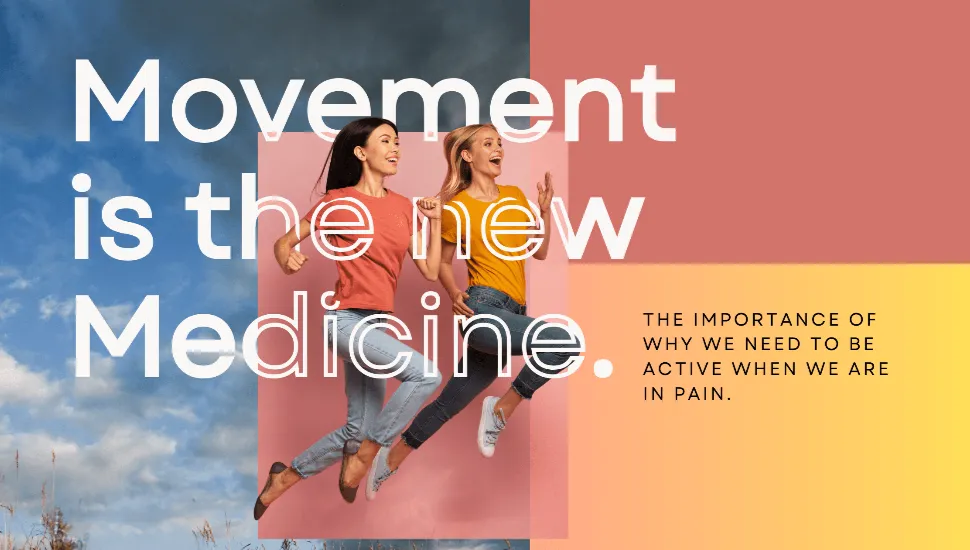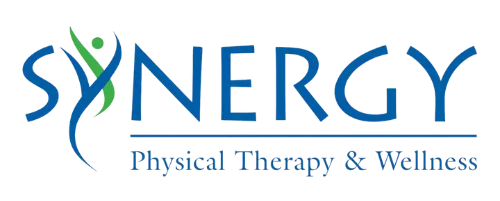
The Importance of why we need to be active when we are in pain.
One of the most common misconceptions that we continue to hear is that when you are in pain you need to stop moving to stop the pain. However, that could not be any further from the truth.
The new saying, “Movement is Medicine,” follows several forms of research that have discovered the more you move, the healthier you will become, and the less residual affects you will notice from chronic pathologies such as arthritis, Parkinson’s disease, chronic pain, diabetes, depression, and many others.
Movement can play a huge role in overall physical health as well as our mental health, which can be affected due to large amounts of pain we may feel constantly. However, what does the research actually say about this?
- Lee (1996) researched the comparison of two groups – one that performed physical activity and one that did not. The participants were between the ages of 31 to 64 years old. It was determined through this experiment that the group that had performed consistent physical activity, demonstrated a significant improvement in their reduction of pain, increase in muscle strength, and reduction of depressive symptoms in comparison to the “no exercise” group.
- Lima et. al. (2017) looked deeper into the human body’s natural release of chemicals following physical activities and the overall results on pain. It was determined through the research that through regular exercise, individuals released more chemicals into their body called “endogenous opioids” that naturally reduce pain sensation as well as increase serotonin levels within the body. In short, reducing overall pain and improving the general mood of the individual.
So, what is the bottom line with all this new information? Movement is the new form of medicine. Activity has the greatest impact physically, neurologically, and emotionally compared to increased periods of rest. Increased periods of rest and inactivity cause increased levels of general pain and weakness to develop. There are two phrases to gain from this new information: “You don’t use it, you lose it” as well as “Movement is Medicine!”
-Dr. Kass Lotrich, PT, DPT
Sources:
Lee, M. R. (1996). An Effect of Muscle Strengthening Exercise Program on Muscle Strength, Pain, Depression, Self-efficacy, and Quality of Life of Patients with Knee Osteoarthritis. The Journal of Nurses Academic Society. doi:https://doi.org/10.4040/jnas.1996.26.3.556
Lima, L., Abner, T., & Sluka, K. (2017). Does exercise increase or decrease pain? Central mechanisms underlying these two phenomena. J Physiol. doi:10.1113/JP273355

